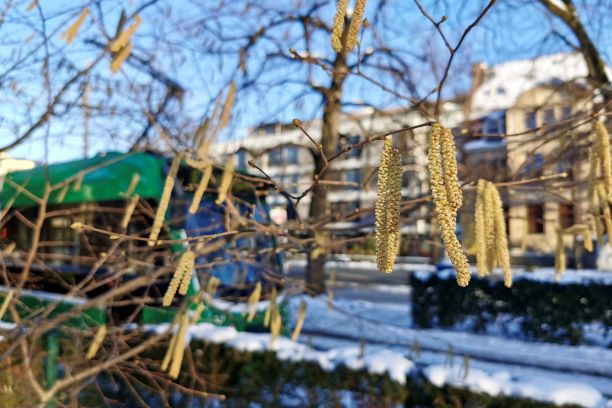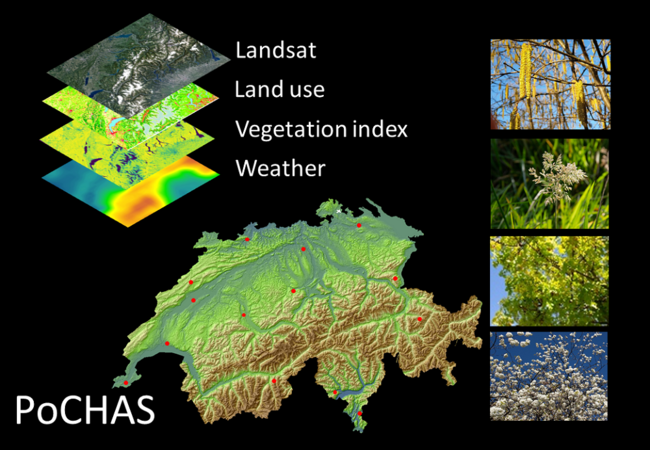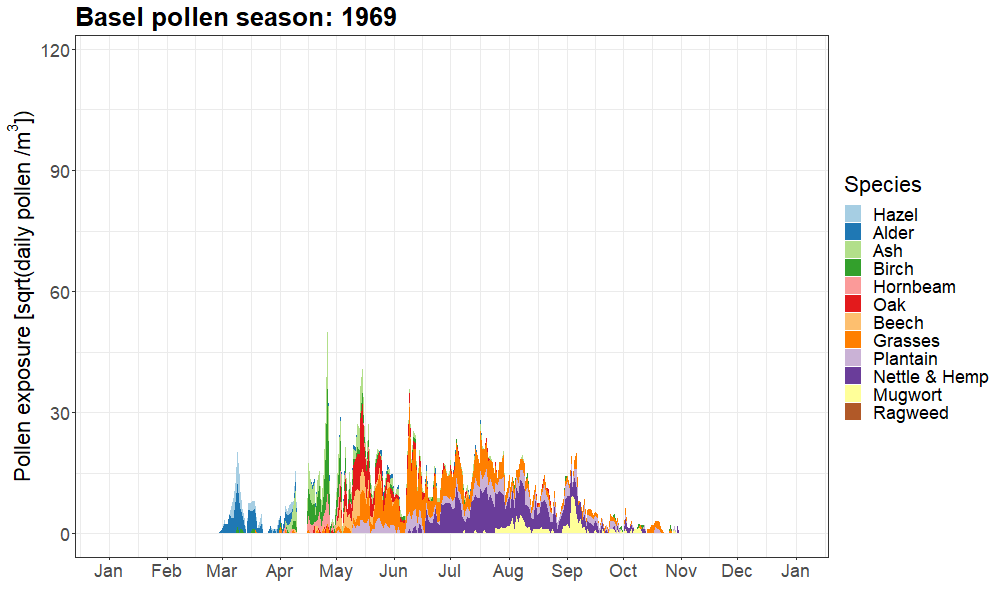Group | Sensoring and Environmental Epidemiology

Technologies allow us to capture ever more data about our environment from many distributed sources and in real-time. The Sensoring and Environmental Epidemiology group is interested in how to capture, analyze and present these data to elucidate new insights into the relationship between environmental exposure and human health. The ongoing shift from sparse, expensive time-averaged or occasional spot measurement data to more abundant, affordable and real-time data presents unique opportunities and challenges in environmental epidemiology.
Our expertise lies in leveraging data science for public health benefit. We work with a diversity of e-health data collection tools like personal measurement devices, wearables, real-time sensors, apps and online data capturing systems. We use these tools to gather high-resolution data on cardiovascular and pulmonary health, sleep, and cognitive function first hand in order to study short-term and triggering impacts of environment on health. In addition, we leverage the statistical power of existing registries and databases such as the Swiss National Cohort, to look at health effects at a national level.
We also work on the measurement and geospatial modelling of a diversity of environmental exposures, such as pollen, air pollution, environmental noise, RF-EMF, aided by ground-level targeted measurements and routine monitoring data as well as satellite-observed GIS data. These high-resolution exposure data can be readily included to explore new hypotheses about associations between our environment and health.
A major current focus area is the determination of the true human health impact of airborne pollen in light of air pollution and especially of climate change influences. In the POCHAS and EPOCHAL projects, we are modelling exposure to pollen, air pollution, and weather retroactively in both space and time, and investigating a diversity of health outcomes.
Our Partners
Key Projects

The EPOCHAL Study
Almost 20% of the Swiss population suffer from a pollen allergy, a dramatic increase from 100 years ago when it was less than 1%. At the same time, the amount of pollen in the air has increased. There is more to pollen allergies than bothersome sneezing: The EPOCHAL study will investigate how different concentrations of pollen from trees, grasses and weeds affect the heart, lungs, brain, sleep and quality of life. We aim to understand these health effects in both pollen-allergic and non-allergic people. Read more and find out how to participate in the EPOCHAL study here.

PoCHAS: Pollen and Cardiorespiratory Health and Allergic Symptoms
The PoCHAS project aims to model the ambient exposure to airborne pollen retrospectively using spatiotemporal models. This allows us to investigate how short-term exposure to pollen is related to respiratory and cardiovascular events. We will study mortality and hospitalization. Moreover, in light of increasing allergy prevalence and changing pollen season, we aim to study how the relationship between pollen and health has developed in the last decades, and which subpopulations might be most at risk. Moreover, combined exposure to pollen, air pollution and weather conditions may have synergistic effects, which alter the allergenicity of pollen - a research area which has been hardly explored. Read more

The SPUTNIC Study
The SPUTNIC study investigates the possible correlations between mobile radiation and human health. Fieldwork for the study has now finished, and we are analyzing exposure to radiofrequency electromagnetic fields from mobile phone use in relation to cognitive function and health-related quality of life. Using sound level meters and fitness trackers, we have also been measuring environmental nighttime noise, physical activity and sleep duration and quality. Read more about the project

Time series plot of Basel pollen seasons from 1969 until 2020
Due to climate change, pollen seasons in Basel and throughout Switzerland have been changing in the last decades. Analyzing data from MeteoSwiss, we found that the pollen season starts earlier, lasts longer, and has increased in intensity for many highly allergenic species. This animation shows the pollen concentrations in Basel over 51 years for 12 of these species, from 1969 until 2020. Read more here. Data source: MeteoSwiss